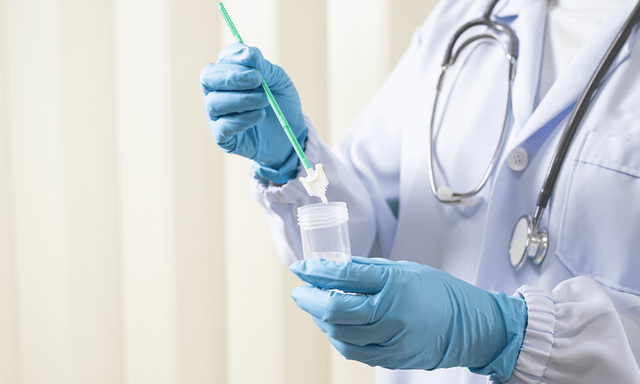Pap Test Facts: Important Research for Women's Health

In the modern world, women's health is at the forefront, and one of the key tools for maintaining it is the Pap test, also known as Pap smear. This procedural test, also known as cervical cytology, is an integral part of women's regular health check-ups. Let's look at eight facts about the Pap test that will help you understand its importance and impact on women's health.
1. History and development
The Pap smear was developed in the 1940s by American cytologist George Papanicolaou. He became the first doctor to systematically study cervical cells and published his results in 1943. This discovery has become a lifesaver for millions of women, allowing pre-cancer and cancerous conditions of the cervix to be detected and treated in the early stages.
2. Purpose and process
The main purpose of a Pap test is to detect abnormalities in the cells of the cervix that may indicate the presence of cancer or precancerous conditions. The procedure involves taking a sample of cells from the surface of the cervix and further testing them in the laboratory. For most women, a Pap test is performed by a doctor during a gynecological examination and usually does not cause much discomfort.
3. Frequency recommendations
Medical recommendations for how often a Pap test should be performed may vary depending on a woman's age and risk of developing cervical cancer. In general, starting at age 21, women are recommended to visit a gynecology clinic for a Pap test every 3 years until age 29. After this age and up to age 65, a Pap test can be done every 3 years or in combination with a human papillomavirus (HPV) test, depending on your doctor's recommendations.
4. Value of early detection
Early detection of cervical cancer using a Pap test is essential for successful treatment. Because cervical cancer develops slowly and usually begins with precancerous changes, a Pap test can detect these changes long before cancer appears. This makes it possible to begin treatment in the early stages when the chances of full recovery are highest.
5. Prevention and healthy lifestyle
In addition to regular Pap tests, there are other ways to prevent cervical cancer. Vaccination against human papillomavirus (HPV) is recommended for girls and young women under 26 years of age because many cases of cervical cancer are associated with this virus. In addition, a healthy lifestyle, including a clean diet, regular physical activity, and stopping smoking, also helps reduce the risk of developing cervical cancer.
6. Preparation for the test
Although special preparation is usually not required for a Pap test, some doctors recommend avoiding the use of spermicides, vaginal creams, or ointments 24 hours before the procedure as they may interfere with the test results. It is also advisable to avoid performing a Pap test during menstruation.
7. Possible test results
Pap test results can be positive, negative, or ambiguous. A positive result means that abnormalities have been found in the cells of the cervix, requiring further examination and possible treatment. A negative result indicates that there are no abnormalities in the cells at the time of the test. Inconclusive results may require repeat testing or additional procedures such as a colposcopy.
8. Importance of continuing regular testing
Remember that the Pap test is just one of many tools for monitoring cervical health. Regular testing, as recommended by your doctor, helps detect changes in cervical cells in the early stages, which in turn increases the chances of successful treatment if necessary.
The bottom line
The Pap test plays a critical role in women's health by providing early detection and successful treatment of cervical cancer. Regular medical examinations and compliance with doctor's recommendations will help women maintain their health and quality of life at a high level. Early detection and treatment can help maintain quality of life and extend it for many years.